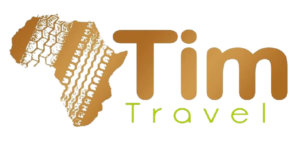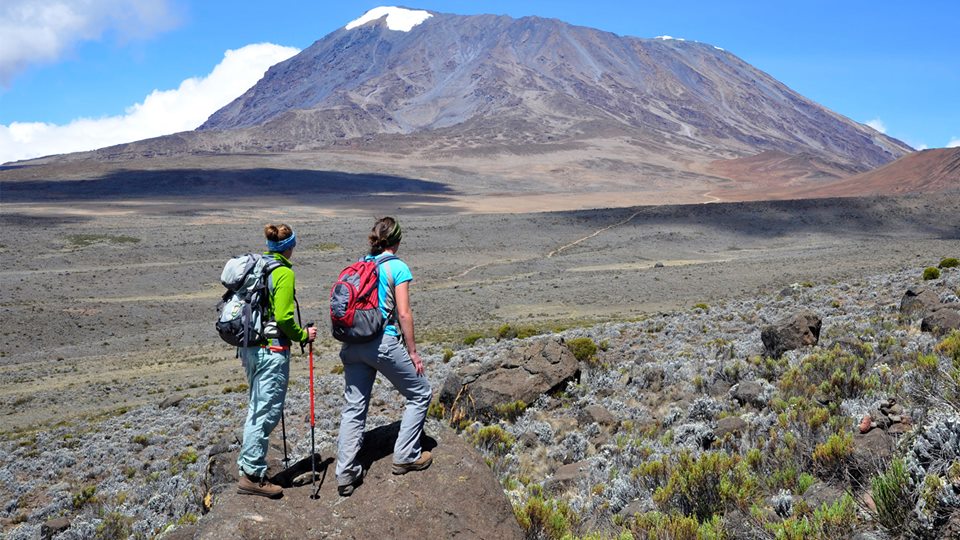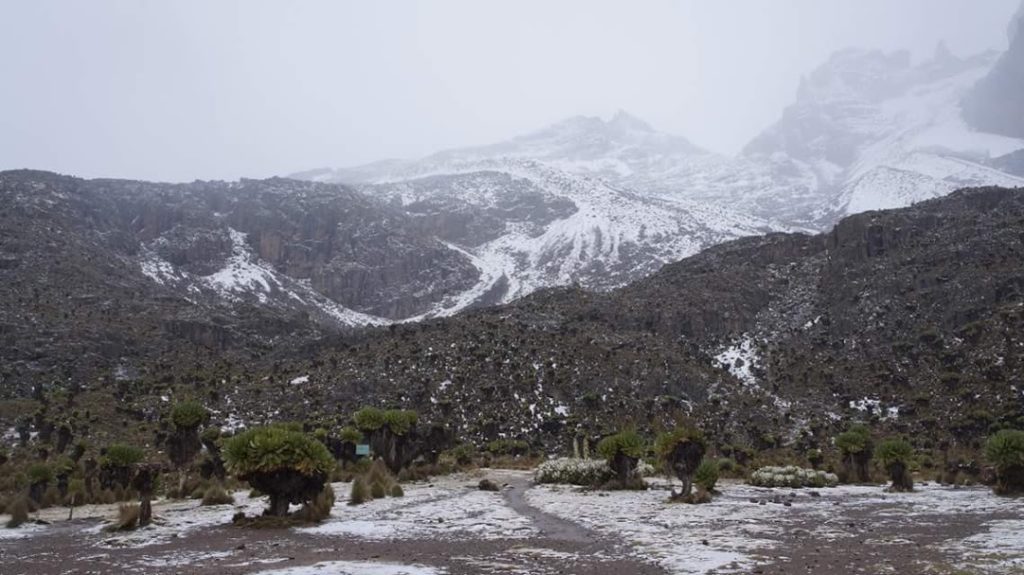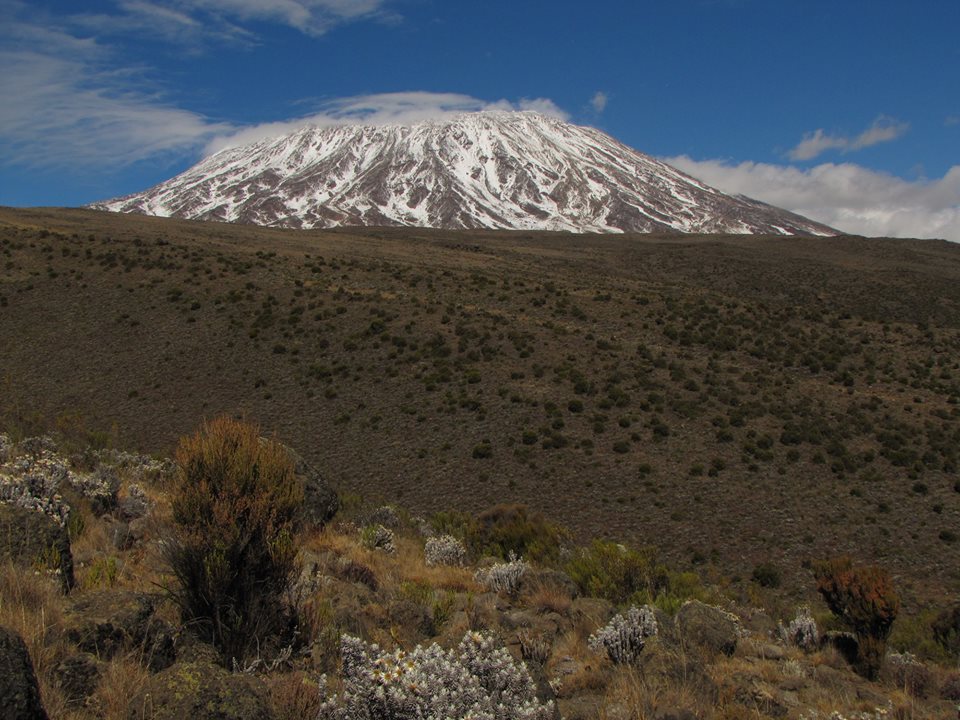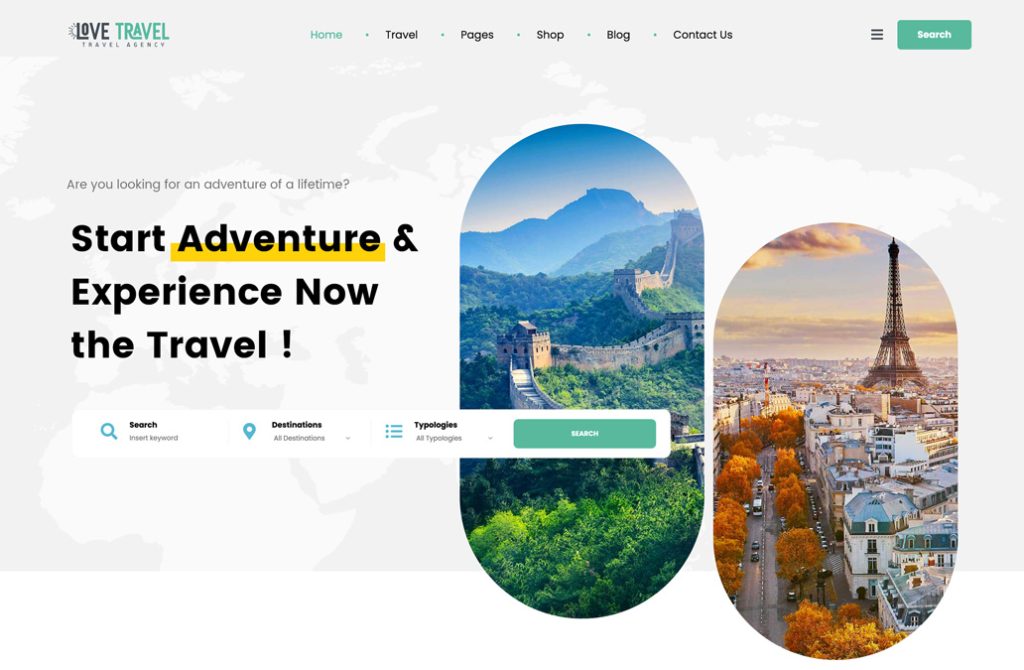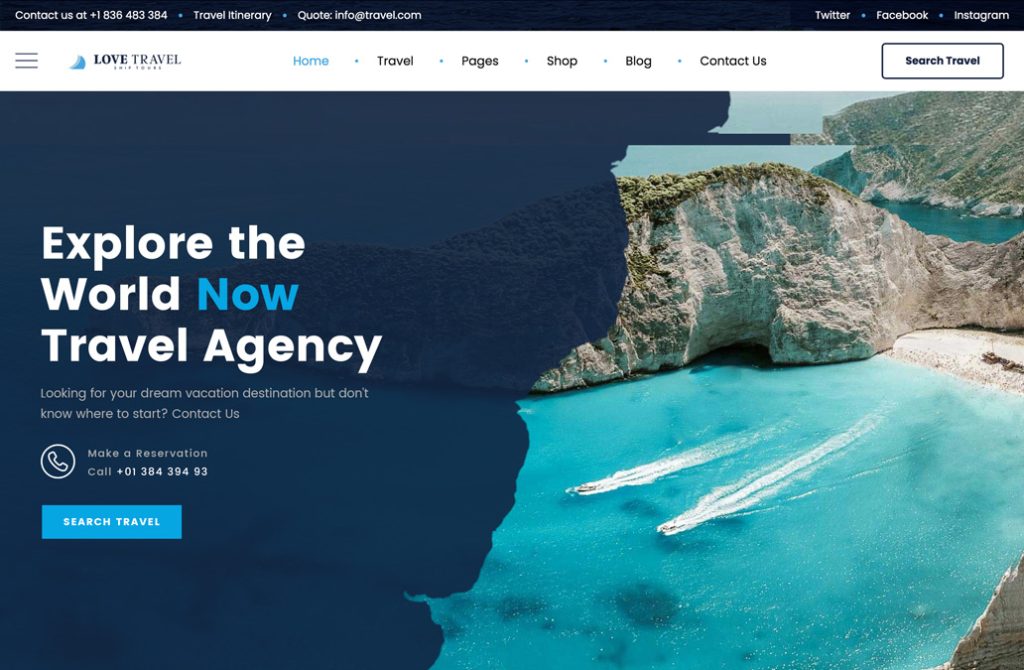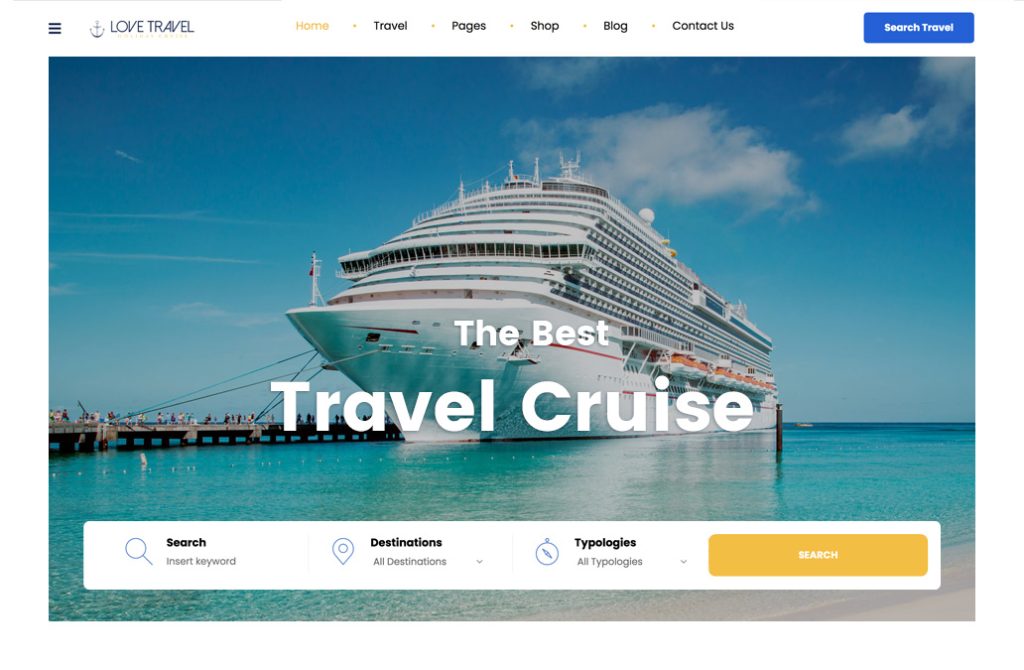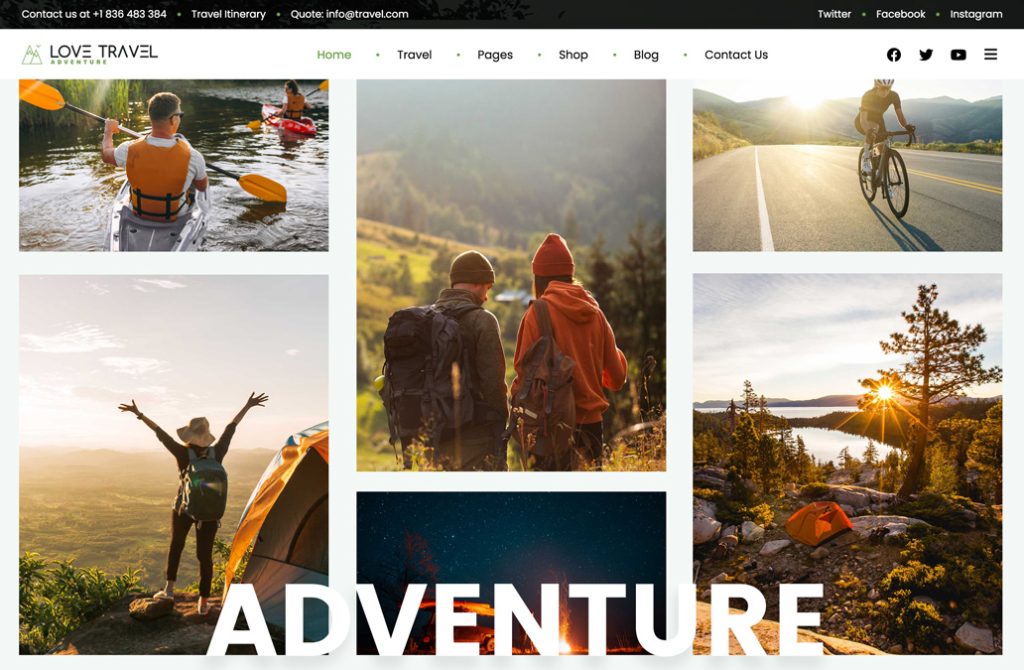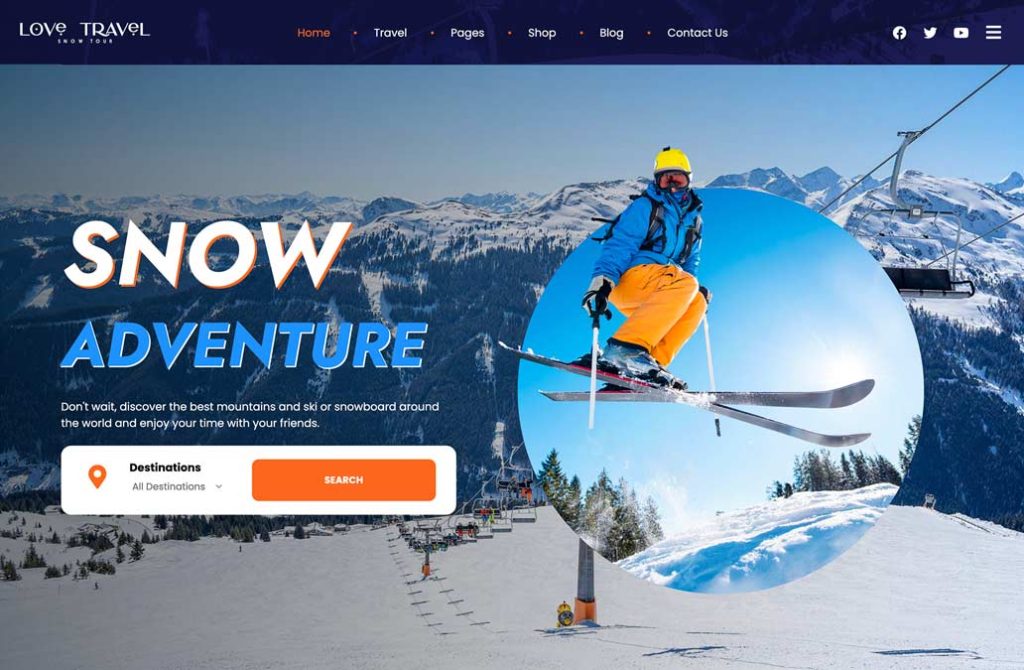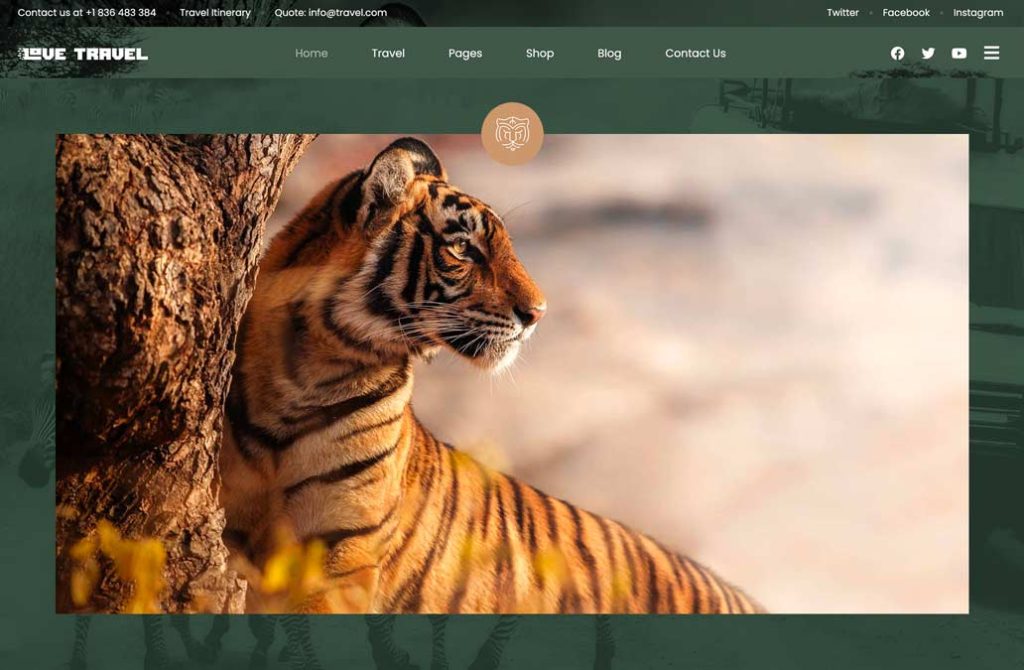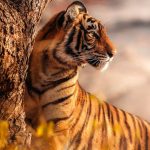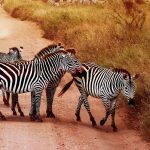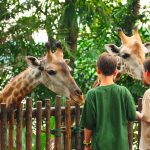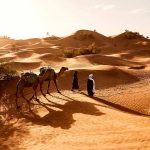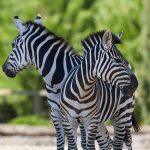Uganda & Rwanda
Uganda
Uganda , officially the Republic of Uganda, is a landlocked country in East Africa. Uganda is also known as the “Pearl of Africa”. It is bordered on the east by Kenya, on the north by Sudan, on the west by the Democratic Republic of the Congo, on the southwest by Rwanda, and on the south by Tanzania. The southern part of the country includes a substantial portion of Lake Victoria, which is also bordered by Kenya and Tanzania.
Uganda is Africa condensed, with the best of everything the continent has to offer packed into one small but stunning destination. Uganda is home to the highest mountain range in Africa, the Mountains of the Moon in the Rwenzori National Park. It is the source of the mighty Nile, and around Jinja offers the best white-water rafting in the world. It has the highest concentration of primates on earth, including the majestic mountain gorilla, one of the rarest animals on the planet. Head to Bwindi Impenetrable National Park for a chance to get close to these great apes.
On top of all this, the scenery is so striking that it looks like an oil painting, the beautiful national parks see far fewer visitors than in neighboring Kenya and Tanzania, and the capital, Kampala, is safer and friendlier than most in Africa. In 1907 pioneering tourist Winston Churchill called it the ‘Pearl of Africa’. He was right.
Mention Uganda to most people today and the first thing they’ll think of is the brutality of Idi Amin. Their naivety is their loss as, thankfully for Uganda, the big man died in exile in 2003. The reality is vastly different. Stability has returned to most parts of the country and tourists are welcomed with open arms. Despite the trials and tribulations of the past, Ugandans have weathered the storm remarkably well. The people offer heart-warming hospitality up and down the country, their ever-present smile accompanied by ‘Hello Mzungu!’. They are truly some of the finest folk on the continent.
Attractions In Uganda
Bwindi Impenetrable National Park
⦁ Bwindi Impenetrable National Park is located in southwestern Uganda in East Africa. The park is part of the Bwindi Impenetrable Forest, and is situated along the Democratic Republic of Congo border next to the Virunga National Park and on the edge of the Albertine Rift.
⦁ It comprises 331 square kilometres (128 sq mi) of jungle forests and contains both montane and lowland forest and is accessible only on foot. The Bwindi Impenetrable National Park is a UNESCO-designated World Heritage Site.
⦁ The forest is one of the richest ecosystems in Africa,[citation needed] and the diversity of species is a feature of the park.[2] The park provides habitat for some 120 species of mammals, 348 species of birds, 220 species of butterflies, 27 species of frogs, chameleons, geckos and many endangered species. Floristically Bwindi is amongst the most diverse forests in East Africa, with more than 1,000 flowering plant species including 163 species of trees and 104 species of ferns. The northern (low altitude) sector is rich in species of the Guineo-Congolian flora. These include two species internationally recognised as endangered, Brown mahogany (Lovoa swynnertonii) and Brazzeia longipedicellata. In particular the area shares in the high levels of endemisms of the Albertine Rift.
⦁ The park is a sanctuary for colobus monkeys, chimpanzees and many birds (such as hornbills and turacos). It is perhaps most notable for the 340[3] Bwindi gorillas, half the world’s population of the critically endangered Mountain Gorillas. There are four habituated Mountain Gorilla groups open to tourism: Mubare; Habinyanja; Rushegura near Buhoma; and the Nkuringo group at Nkuringo.
Queen Elizabeth National Park
⦁ The national park is located in western Uganda, spanning the districts of Kasese, Kamwenge, Bushenyi and Rukungiri. Its location is approximately 376 kilometres (234 mi), by road, southwest of Kampala, Uganda’s capital and largest city.[1].
⦁ The town of Kasese lies just outside the northeastern edge of the park, while the town of Bushenyi, is situated just outside the park’s southeastern boundaries. The coordinates of the park are:00 12S, 30 00E (Latitude:0.2000; Longitude:30.0000).
⦁ Overview
Lion in Ishasha Sector.
Hippopotami in the Kazinga Channel, Queen Elizabeth National Park
⦁ Queen Elizabeth National Park occupies an estimated 1,978 square kilometres (764 sq mi),[2] of which, about 17% lies in Kasese District, 50% in Bushenyi District and an estimated 33% lies in Rukungiri District. The area of the park extends from Lake George in the northeast to Lake Edward in the southwest, and includes the Kazinga Channel that connects the two lakes.
⦁ The park is named after Queen Elizabeth II and was established in 1954. QENP is known for its wildlife, although many animals were killed in the Uganda-Tanzania War. Many species have recovered, including hippopotamuses, elephants, leopards, lions and chimpanzees; it is now home to 95 species of mammal and over 500 species of birds. The area around Ishasha in Rukungiri District is famous for its tree-climbing lions, whose males sport black manes, a feature unique to the lions in this area.
⦁ The park is also famous for its volcanic features, comprising volcanic cones and deep craters, many with crater lakes such as Lake Katwe, from which salt is extracted.
The national park includes the Maramagambo Forest and borders Kigezi Game Reserve, Kyambura Game Reserve and Kibale National Park in Uganda, and the Virunga National Park in the Democratic Republic of Congo.
⦁ The Queen Elizabeth National Park and The Queen Elizabeth Country Park in England are twinned in a project of “cultural exchange, mutual support and has its main emphasis on supporting Conservation through working closely with and empowering local communities”.
⦁ Services in the park include a telecenter run by Conservation Through Public Health [1] and the Uganda Wildlife Authority, neighboring The Queen’s Pavilion, park lodges, game drives and scenic drives, and boat launches.
Rwanda
How tourism is helping gorillas and healing communities in Rwanda
How tourism is helping gorillas and healing communities in Rwanda
Posted on 13 September, 2016 by Rwanda Gorilla Safaris in African Innovation, Conservation, People, Wildlife — 0 Comments
In the world of mountain gorilla conservation, every birth of a new born baby gorilla is a success. According to the 2011 gorilla census report, there are fewer than 900 mountain gorillas left in the whole world, and half of this remaining population is found in the volcanic mountains of the Virunga range shared by Uganda, Democratic Republic of Congo and Rwanda. The rest of the population is found in the impenetrable forests of Bwindi National Park located in south western Uganda.
Rwanda has about 10 habituated gorilla groups available for tourism purposes, and many tour operators in Kigali and Kampala offer a wide variety of gorilla safaris to Volcanoes National Park in Rwanda, making gorilla tourism the leading foreign exchange earner for the country. More importantly, tourism is aiding in wildlife conservation as well as helping to empower local communities. Here’s how:
Kwita Izina
Kwita Izina is an annual Rwandan ceremony that involves giving names to the newly born mountain gorillas of the region. The main objective of Kwita Izina is to assist in monitoring each individual mountain gorilla in their family groups. The ceremony also aims to bring attention both locally and internationally to the importance of protecting these gentle giants in their natural habitat.
Through this event, officials help to sensitise the local communities around Volcanoes National Park and beyond about the importance of gorilla tourism as a new hope for this endangered species.
The ceremony attracts many people from different parts of the world and on that day, all accommodation units around the gorilla park are always full. Kwita Izina 2016 recently took place at Kinigi in Musanze, and was attended by thousands of people. This year 22 gorillas were named, a huge step in helping to protect this species.
Gorilla Doctors
The Gorilla Doctors are a dedicated team of professionals tasked with looking after the well-being of the endangered mountain and eastern lowland gorillas in Rwanda and DRC respectively. It is another support team for gorilla tourism, and a new hope for Rwanda’s gorillas. The many duties of the Gorilla Doctors include:
-Monitoring the health of each gorilla and helping to detect any disease or injury.
-Providing treatment to any ill gorilla in the wild.
-Rescuing and providing veterinary care to injured and orphaned gorillas by poachers.
-Conducting post-mortem reports of deceased gorillas to find out the cause of their death and learn how to prevent it.
-Preserving biological samples (for example; blood, feces) to be used by researchers investigating primate health issues around the world.
-Offering preventative healthcare to the dedicated park employees who protect the gorillas in the forest, the local community surrounding the gorilla park and their livestock as a strategy to reduce the risk of disease transmission from humans to gorillas.
Gorilla Doctors work hand in hand with the wildlife authorities in Rwanda and Uganda and with international conservation organisations such as International Gorilla Conservation Programme (IGCP) and Dian Fossey Gorilla Fund International.
Employment opportunities
Gorilla tourism creates employment opportunities for local communities around the gorilla parks including ex-poachers. For instance, people are employed in the park as rangers, park guides, wardens and porters. Others are employed in the hotel sector as waiters, lodge managers, security guards or chefs.
Furthermore, the hotels and lodges near gorilla parks create a market for local agricultural products such as vegetables, bananas, milk, and cattle. This again helps to create local awareness about the importance of gorilla tourism.
Iby’Iwacu Cultural Village
This is a non-profit umbrella organsation with the main objective of improving the lives of reformed poachers and communities around Volcanoes National Park Rwanda as a way to conserve the mountain gorillas and their natural habitat. This is done through the provision of conservation incentives, supporting community enterprise development and livelihood based projects.
